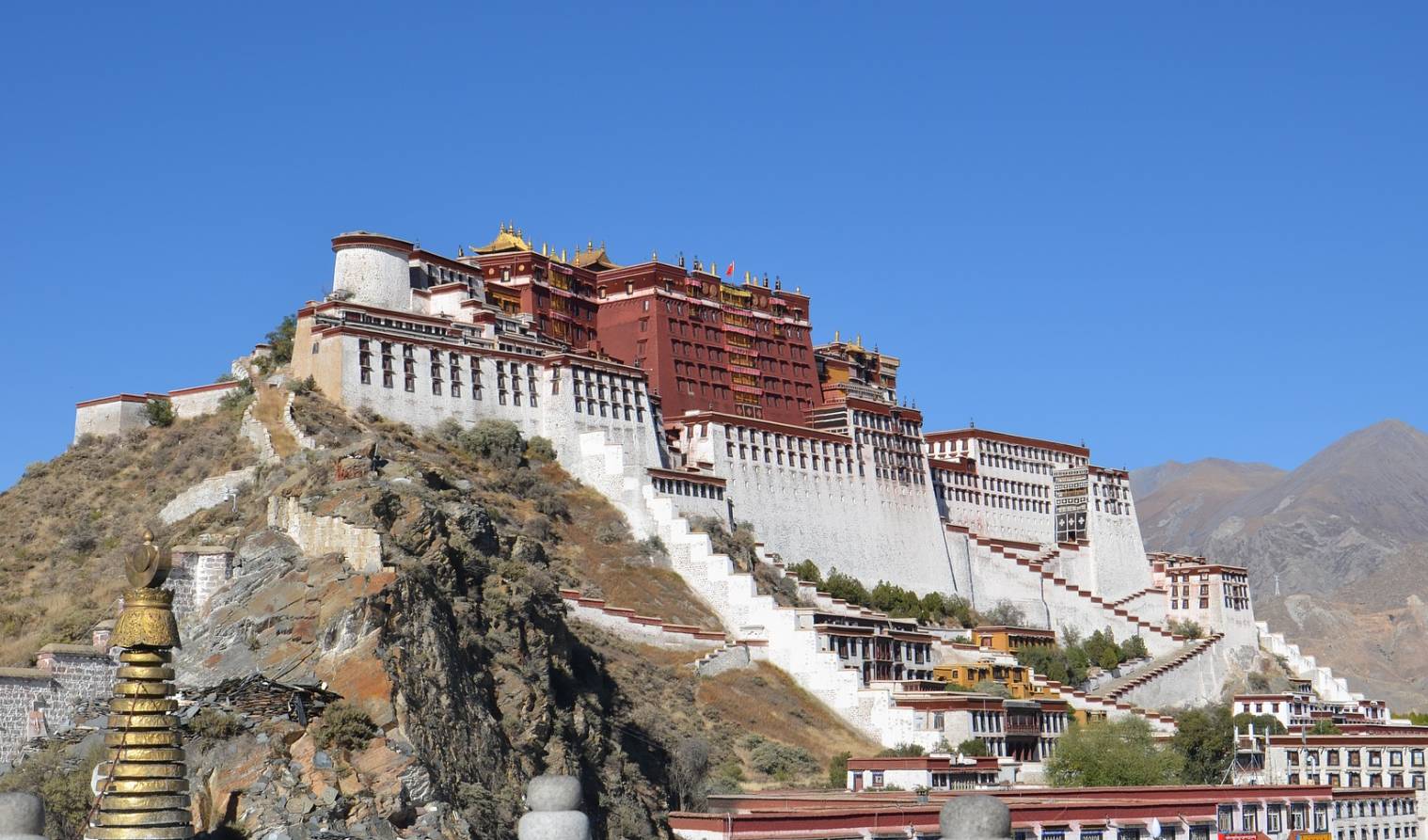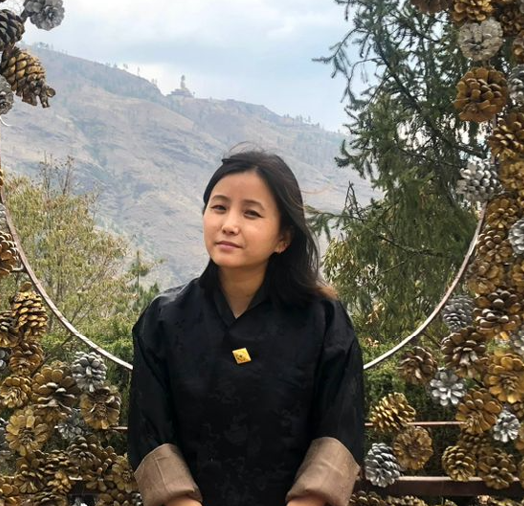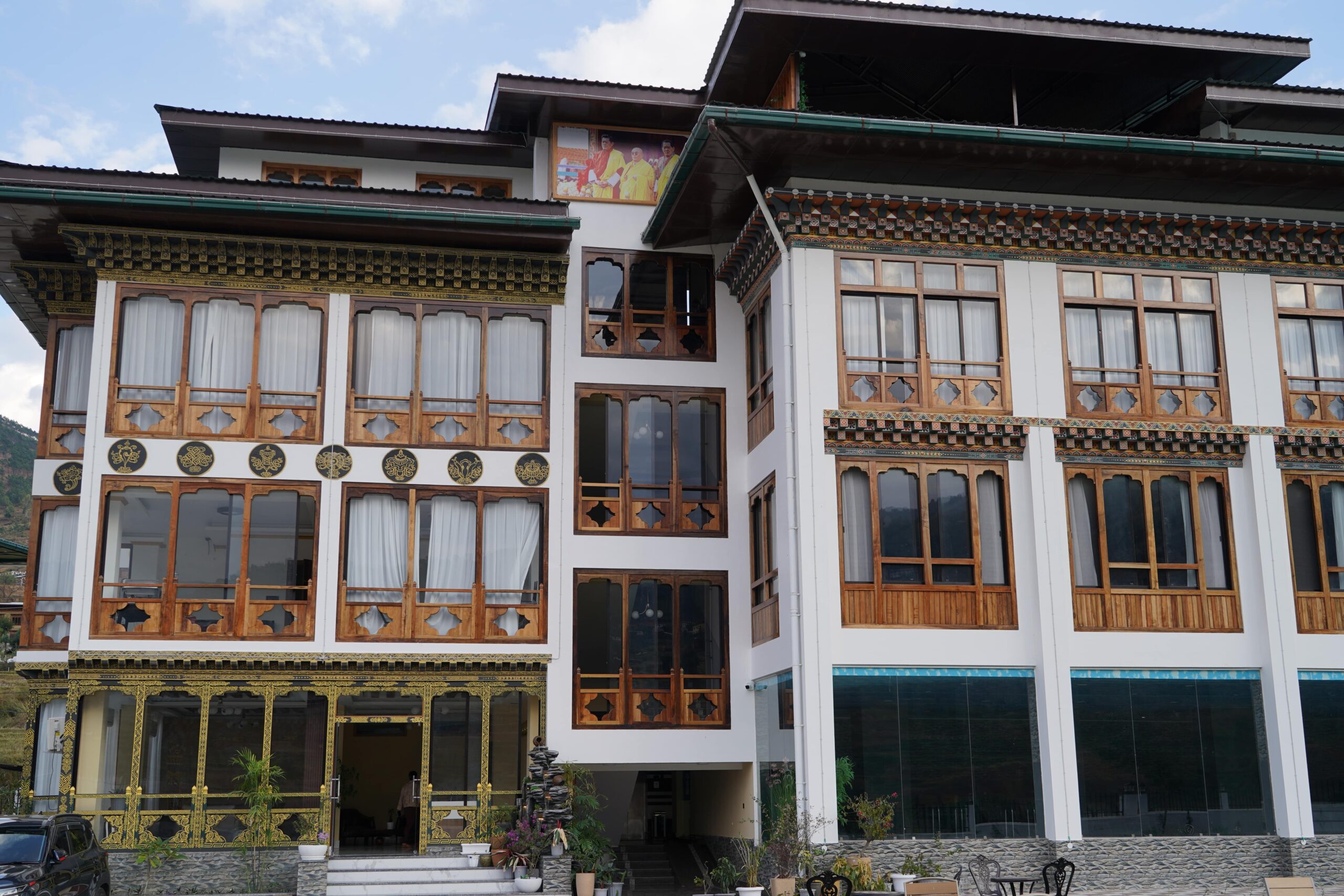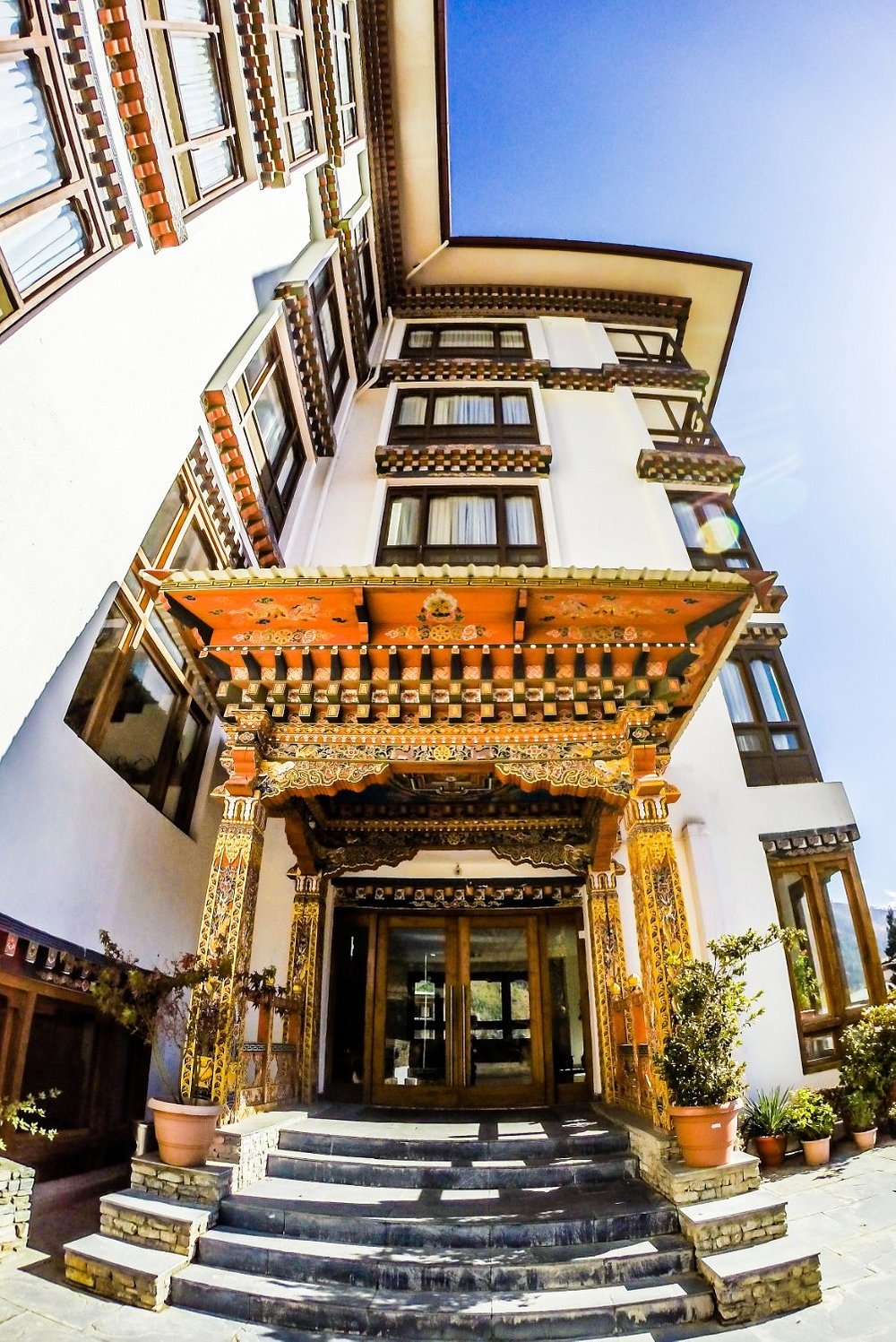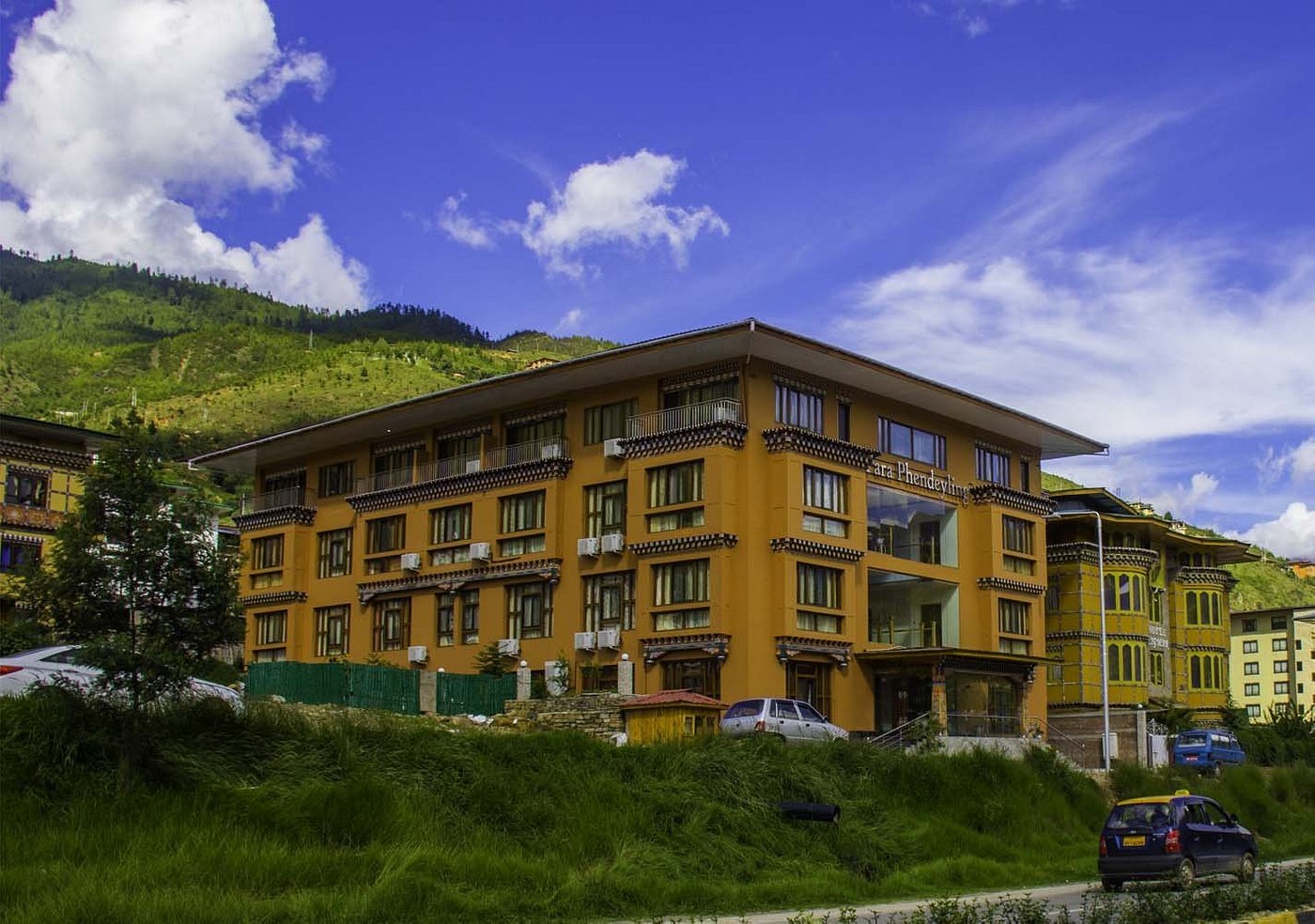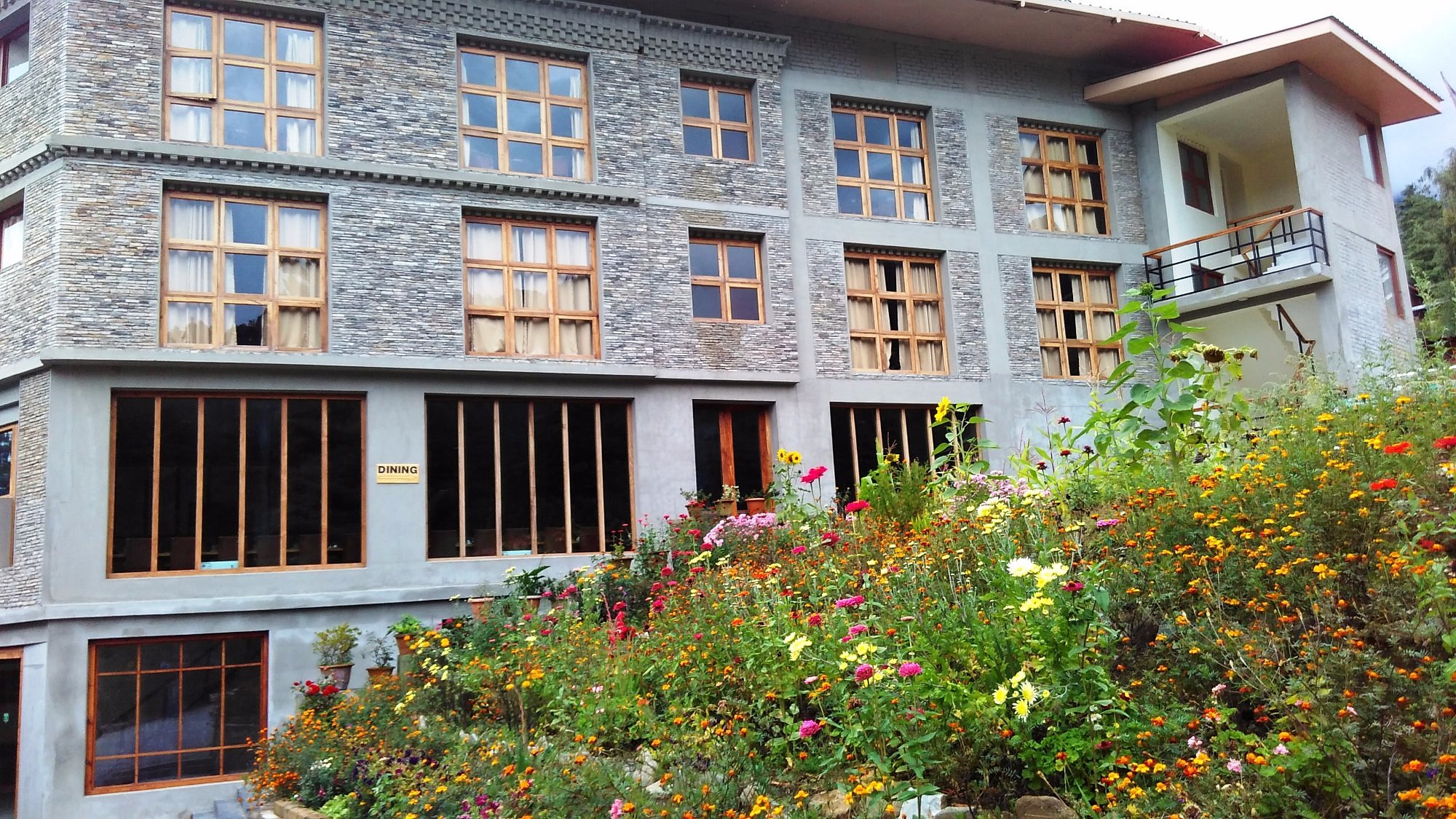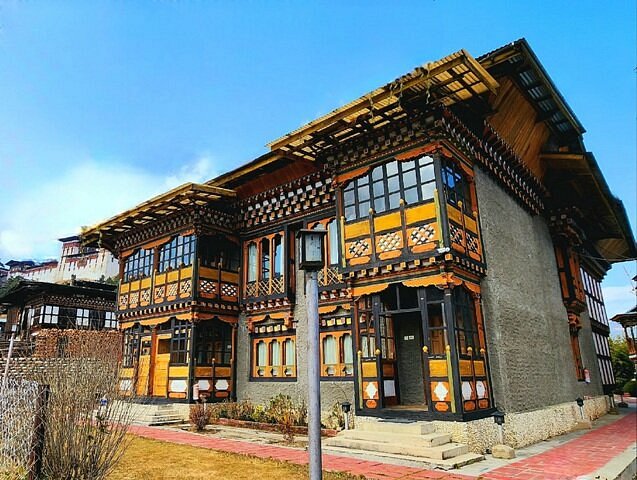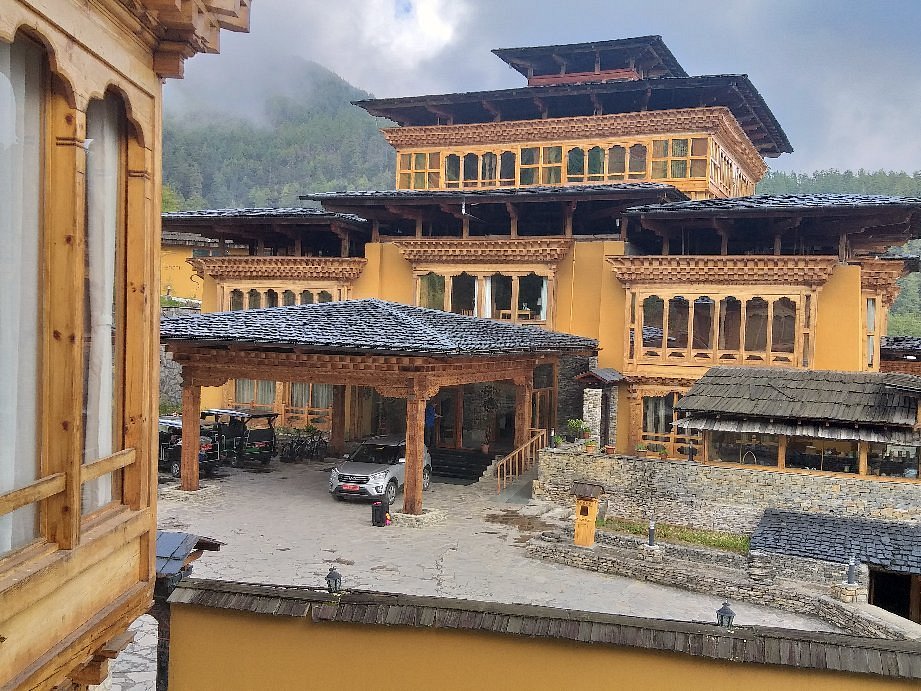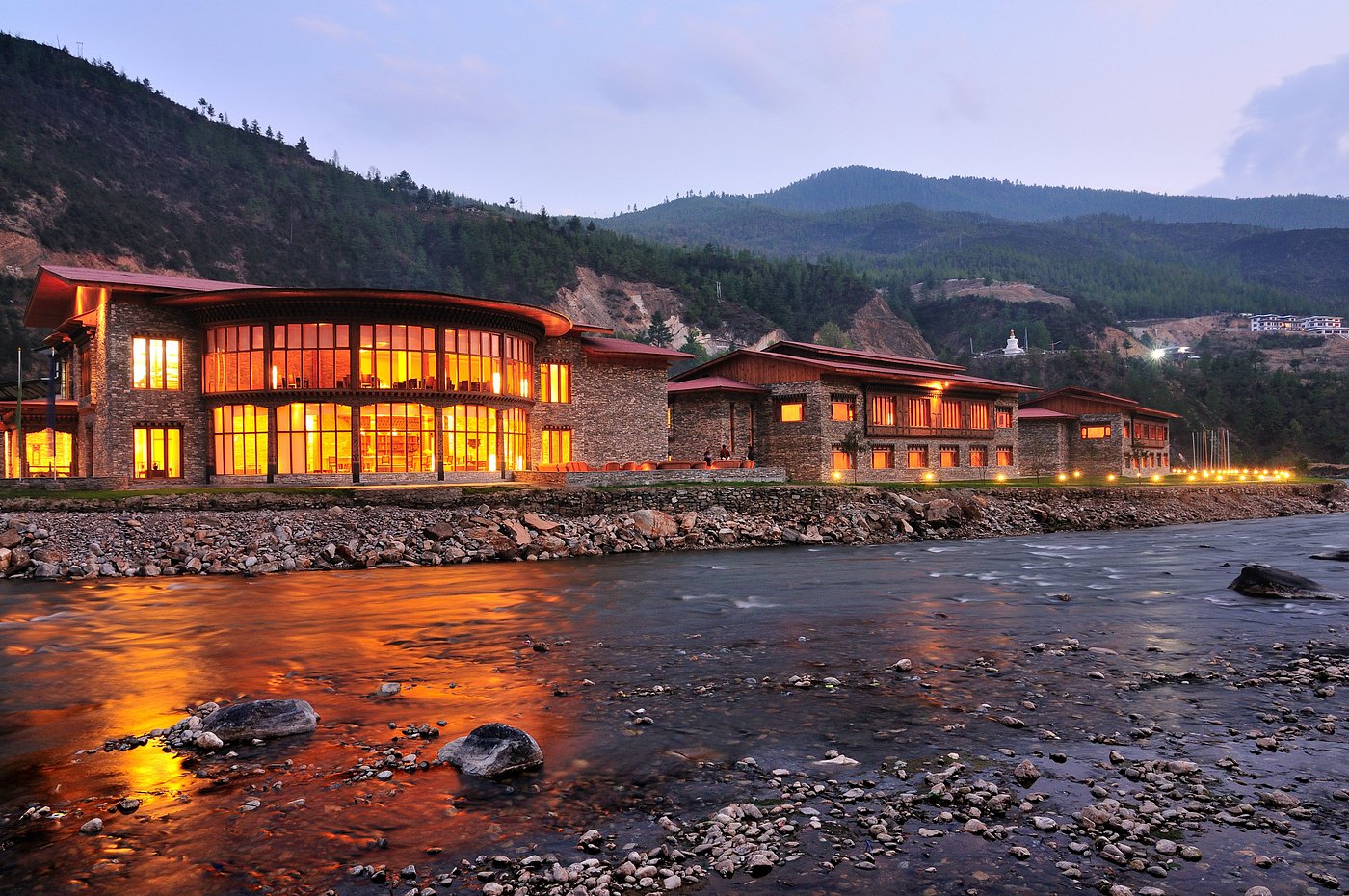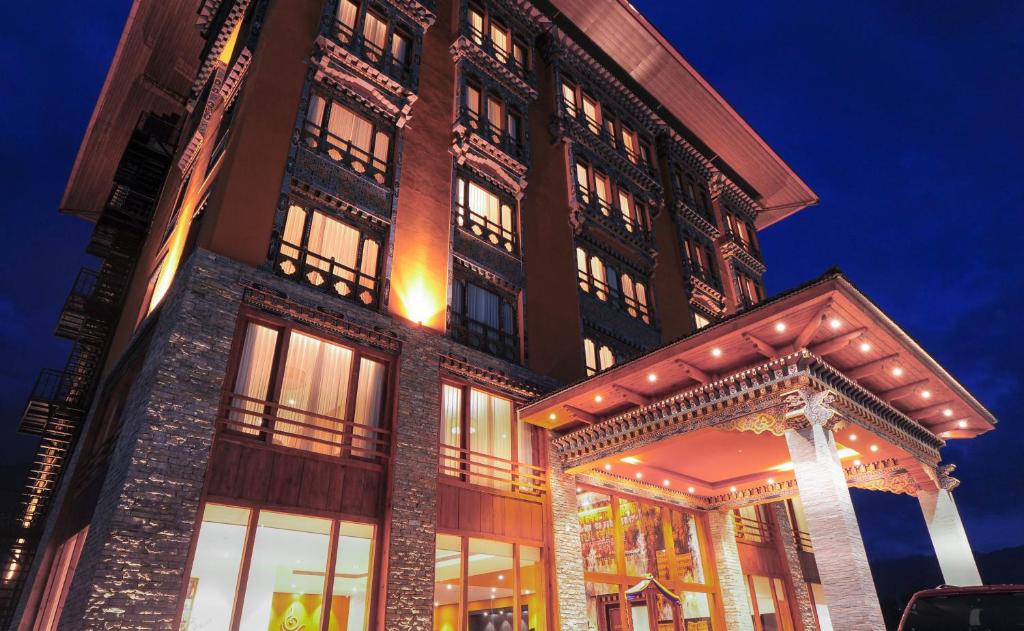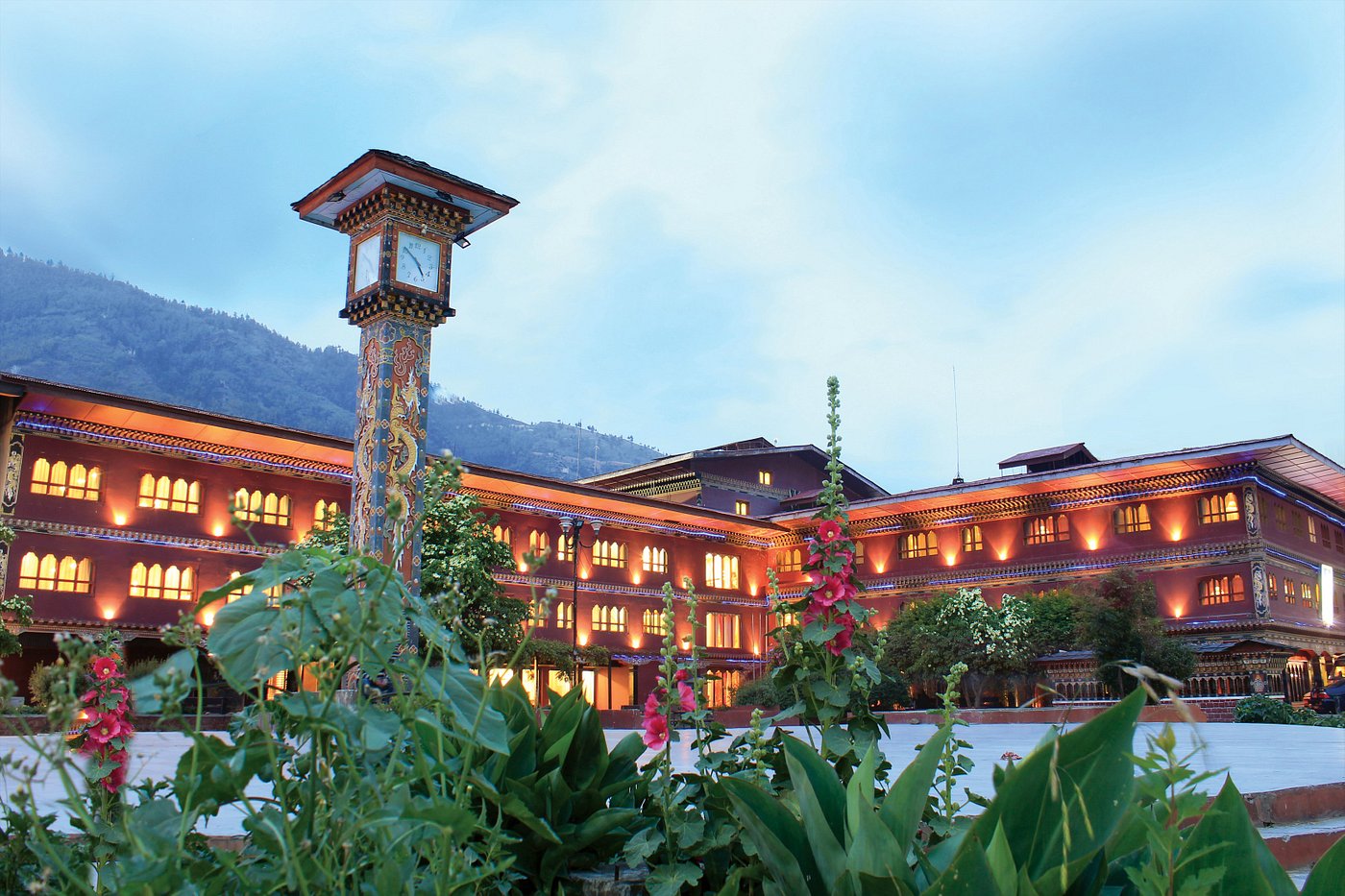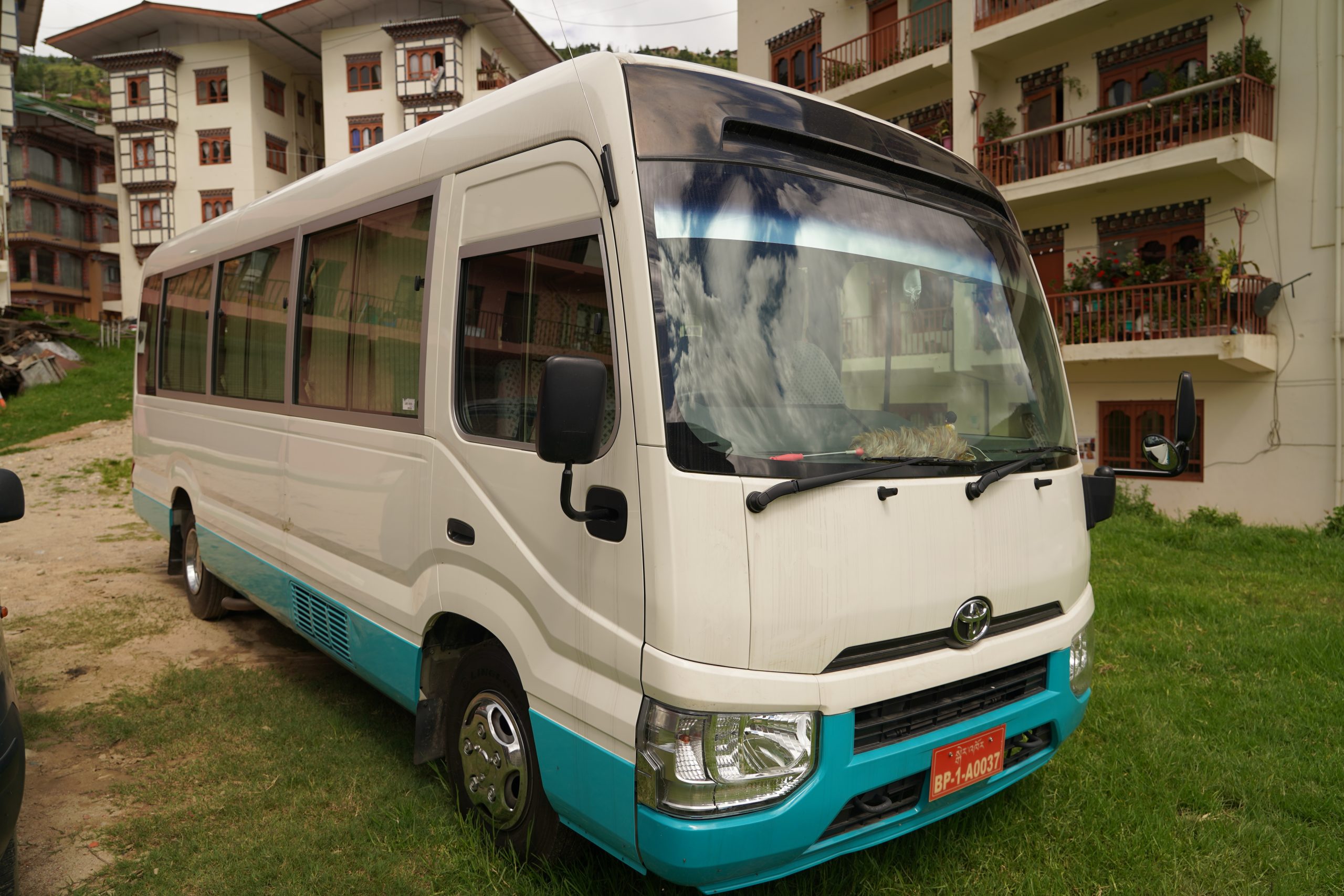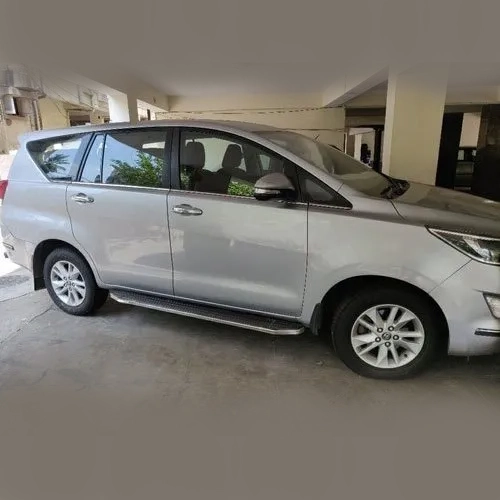- Altitude: Average elevation of roughly 14,370 feet (4,380 meters) above sea level.
- People: Tibetan, with Han (Chinese), Hui (Chinese Muslims), Monba, Lhoba, and other minority nationalities.
- Language: Predominantly Tibetan.
- Capital: Lhasa.
- Flora: The area has 25.2 million hectares of forest, mainly tropical and subtropical coniferous forests. The dominant tree species include spruce, fir, pine, larch, cypress, birch, and oak. Tibet has around 400 rhododendron species, accounting for half of the world’s total.
- Fauna: Home to snow leopard, clouded leopard, lynx, Tibetan takin [goat-antelope], Himalayan black bear, brown bear, wild yak (drong), blue sheep, musk deer, golden monkey, wild ass (Kyang), Tibetan gazelle, Himalayan mouse hare, Tibetan antelope, giant panda, red panda and others.
- Birds: Over 532 different species of birds in 57 families. Some of them include stork, wild swan, Blyth’s kingfisher, goose, jungle flycatcher, redstart, finch, grey-dided thrush, Przewalski’s parrotbill, wagtail, chickadee, large-billed bush warbler, bearded vulture, woodpecker and beautiful nuthatch. The most famous and rare bird is the black-necked crane. More than 15,000 natural lakes are also found in Tibet.
- Economy: Mineral deposits of about 126 different minerals accounting for a significant share of the entire world’s reserves of gold, lithium, uranium, chromite, copper, borax and iron. Tibet has the largest high-grade uranium deposit in the world. Amdo’s oil fields produce over 1 million tons of crude oil per year.
- Best time to visit Tibet: The weather in Tibet is good from April to Mid November and better from August to October. The environment of Lhasa is much more favorable than other places in Tibet, so Lhasa is suitable to travel all year round.
Trip overview
Tibet is a region in the Himalayas known as the Roof of the World and the Land of Snow. It has a rich history dating back to 127 BC and is known for its battles with Mongols and Chinese. The Tibetan Empire reached its peak during the 7th and 8th centuries, conquering parts of Nepal, India, and the Silk Route states. The Tibetan Kings imported Buddhism from India and became its emissaries. The Great Fifth Dalai Lama created the Ganden government in 1642, which demilitarized Tibet and formed it into a spiritual nation. In 1904, the British invaded Tibet, and in 1949 and 1950, the People’s Liberation Army of China invaded eastern provinces. His Holiness the Fourteenth Dalai Lama was forced to flee to India in 1959, where he has lived in exile ever since. Tibet is now an Autonomous Region under China, but it is known for its unique high altitude ecosystem, culture, geography, and landmarks that attract tourists and travelers.
Itinerary
Culture
- It is definitely not a hyperbole to say that it is at the Roof of the World that one can immerse fully in a cultural extravaganza, singular only to Tibet. And at the top rung stands the role that Buddhism has played in carving out a unique culture, seen in the dresses people wear; architecture, food, way of life and popular beliefs. While several skeptics point out that the invasion by China has led to a deterioration of Tibetan culture, it is very much there, and seen in iconic structures that are today Tibet’s synonyms, such as the palace of Potola, the festivals that are still celebrated and art. All of these have withstood the test of time.
Architecture
- Tibetan architecture blends local needs with unique features influenced by Tibetan Buddhism, Indian, Nepalese, and Tang dynasty Han styles. Houses and monasteries often face south for sunlight, with distinct exterior colors. Monasteries are the most significant buildings, but stone houses also showcase Tibetan resilience. Lhasa is the hub of Tibetan architecture, with well-preserved palaces and monasteries, such as the Potala Palace and Jokhang Temple. Other attractions include Trandruk Monastery, Nietang Buddha, Samye Monastery, and natural scenery like Lake Namtso and Yangpachen hot springs.
Stone houses
- Representatives of folk houses, in addition to nomadic areas in northern Tibet, most of the traditional dwellings are based on stone and wood architecture in Tibet. Tibetan stone houses can also be seen particularly along the Sichuan-Tibet highway.
Language
- Tibetan language originated during the time of the ancient Xianxiong civilization and began to form a script during the period of King SongtsenGampo in the 7th century. Today, Tibetan is still the main language spoken by the local people living in Tibet and surrounding Tibetan-inhabited regions.
- Tibetan scriptures can be seen everywhere; engraved on stone plats, on prayer flags, and prayer wheels. This unique script also forms part of the Tibetan artwork.
Festivals
- Tibet’s distinctive festivals are another attraction. According to the Tibetan calendar, these festivals, large and small, long and short, fall on every month, aiming to worship Gods, commemorate Buddhist masters, pray for good harvest, entertain themselves and so on. Based on festive content and all sorts of celebrations, Tibetan festivals can be divided into two groups, traditional festivals and religious festivals.
- Tibetan Buddhist Festivals account for a significant portion, varying from sect to sect. For instance, the Gelukpas (Black Hats) celebrate the Great Prayer Festival and Tsongkhapa Butter Lamp Festival. Other schools of Tibetan Buddhism like Nyingmapa (the Red Hats), Kagyupa (the White Hats) also have their own dharma assembly and ceremony. Meanwhile, some monasteries also hold their unique celebrations, like the Drigung Cham Dance Festival, Tashilhunpo Monastery Festival, GandenThangka Unveiling Festival and others.
Arts and Handicrafts
- Art shines everywhere in the Roof of the World: golden monasteries on hills, stone and rock carvings in deserts and cliffs, fluttering prayer flags around lakes and passes, ancient kingdom on the mountaintop, colorful frescos and thangkas inside the temples, singing and dancing over the grassland. In a word, where there is a Tibetan, there is Tibetan art. Apart from the Thankas, are the Sand Mandalas, Guge Frescos, Murals, Stone and Rock Carvings and Qamo – the Tibetan Religious Dance.
- Derived from nomadic life on the Qinghai-Tibet Plateau, Tibetan handicrafts have fully displayed the wisdom of Tibetan people and become a unique art form in the world.
Food
- The Tibetan diet is heavily influenced by the environment of the Tibetan Plateau. Due to the harsh natural environment, vegetables and fruits are scarce in Tibet, and the staple food is mainly barley from the plateau. Other foods are mainly beef, lamb, and dairy products.Tibetan specialties include tsampa, ghee tea, and air-dried beef and mutton. In particular, Tibetan butter tea, a drink made from a mixture of yak butter, milk, and tea, provides Tibetans with the energy they need for daily life, while the oil contained in ghee tea also protects the lips from cracking caused by the dryness of the highland climate.
Traditional clothes
- Tibetan dress is very distinctive and even today, Tibetans wear traditional Tibetan clothing daily.
- Farmers often wear a dark brown or grey robe made of Pulu (a woolen fabric). Urban residents like businessmen, government officials, and handicraftsmen pay more attention to their dressing. Males usually wear cotton or silk shirt in their robes. Poor or rich, they’ll put a piece of turquoise on the right ear to show their elegance. Upon the arrival of Tibetan festivals, females in the urban area would dress in brocade clothes and rainbow aprons.
- Tibetans also have a preference for accessories. Both men and women wear necklaces, rings, and other accessories. In different Tibetan inhabitant areas, Tibetans also wear slightly different clothing and hair accessories.
Tibetan Nomads
- Living in the Qinghai-Tibet Plateau, the living style of Tibetan nomads haven’t changed since the Kingdom of SongtsenGampo in the 7th Century. They lead a nomadic life in northern Tibet, wearing Tibetan leather robes, living in Tibetan nomadic tents, and herding yaks, sheep, and horses.
- Their tanned skin, strong physique, and noble manner remind tourists of American Indians. Women in the grazing area usually comb their hair into many small plaits, then bundle them into a larger braid hanging after necks and decorate with colored stones. Some of them also cover their hair with a big patch of cloth sewn on copper-coins and shells. Every step they take, all the decorations clink together.
- As winter sets in Tibet, they head down to the valley of YarlungZangbo River and exchange for daily necessities like tea, barley, etc. With the first ray of spring, all the families move back to the north again.

